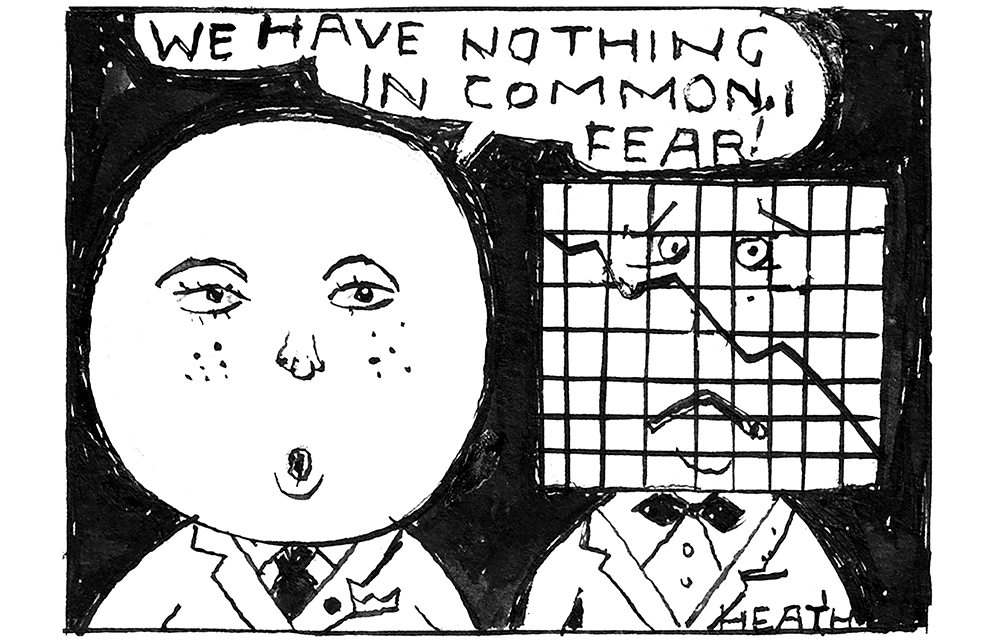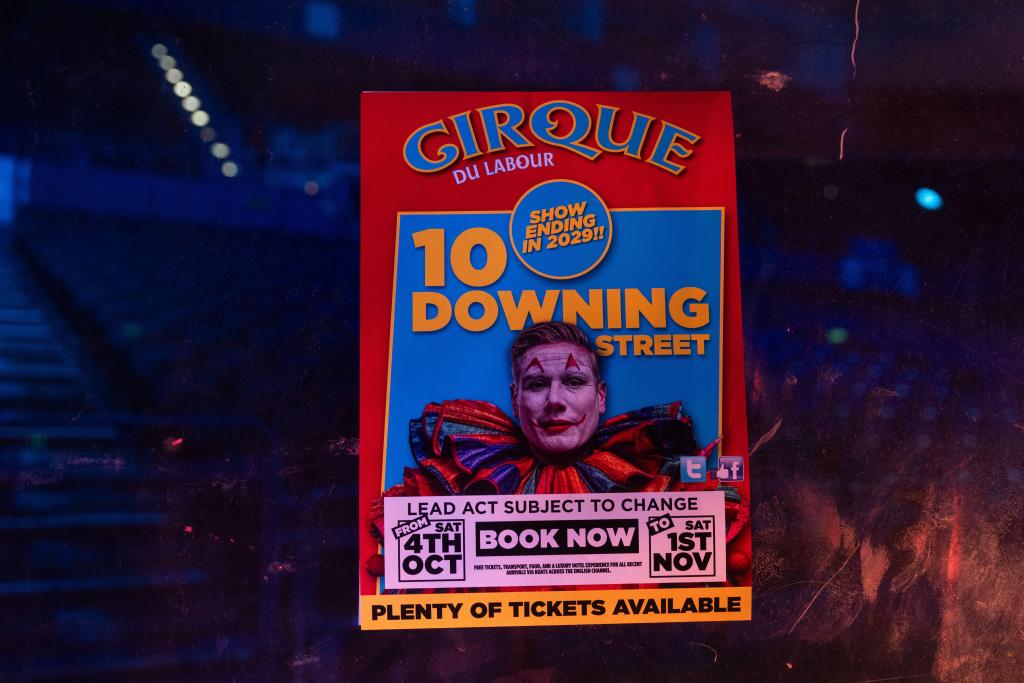‘I just love Venn diagrams,’ Kamala Harris said in 2022. ‘It’s just something about those three circles, the analysis about where there is the intersection, right?’ Venn diagrams have graduated from school textbooks to a genre of internet meme. After Joe Biden announced he wouldn’t seek a second presidential term, Harris’s team tweeted a picture of some circles, labelled ‘Biden HQ’ and ‘Harris HQ’, overlapping to ‘hold Trump accountable’.
Harris’s love of Venn diagrams might seem odd until you realise that they’re the perfect tool for a politician: they make complex issues look simple. They are often found in educational materials for young children, elucidating similarities and differences between things like animals or fruit. Overlapping circles are a simple way to create logical categorisations: ‘thing A and thing B are the same’, ‘all of A and B are different’, ‘some of A and B are the same’, ‘some of A is not B’ and so on.
The diagrams are attributed to John Venn, who was born in Yorkshire in 1834 to a long line of Evangelical Anglicans. His grandfather, also a John Venn, was one of the leading priests of the Clapham Sect and a pastor to William Wilberforce. After completing a maths degree, the younger Venn joined the Church as the ninth successive priest in the family. He sold all of his maths books on graduating and vowed never to return to the subject.
Yet boredom struck and in 1862 he took up lecturing at Gonville and Caius college, where he taught logic and scientific philosophy. He remained a clergyman for another two decades until concluding that strict Anglicanism didn’t overlap with his academic beliefs. He used the newly passed Clerical Disabilities Act to leave the Church, finding himself unable to agree with its 39 articles of faith. In the same year he was elected a fellow of the Royal Society. While at Cambridge, Venn invented an automatic cricket bowling machine which, in 1909, took four wickets from Australia’s star batsman Victor Trumper. When Venn died in 1923, the Scotsman wrote that ‘Dr Venn has long been one of the most conspicuous and most generally esteemed figures in the university’.
Similar diagrams to Venn’s had been used centuries earlier. Catalan philosopher Ramon Llull used overlapping shapes in the 13th century to try to prove the existence of the Holy Trinity. His diagrams were copied in the 1600s by Gottfried Wilhelm Leibniz and further developed in the 18th century by Swiss mathematician Leonhard Euler. Somehow, Venn won the naming rights.
Today, Venn’s diagrams find less use in the world of academic logic than they do at the hands of internet meme-makers. The joke is often one of contradistinction. For example, bank robbers, DJs and evangelical preachers intersect by using the phrase ‘put your hands up’. Republicans, too, have started using the format, creating a diagram in which Harris sits at the intersection between ‘people who love Venn diagrams’ and ‘White House officials who conspired to hide Biden’s mental decline and lied to Americans about it’. Not all that funny, but you can’t argue with the logic.








Comments